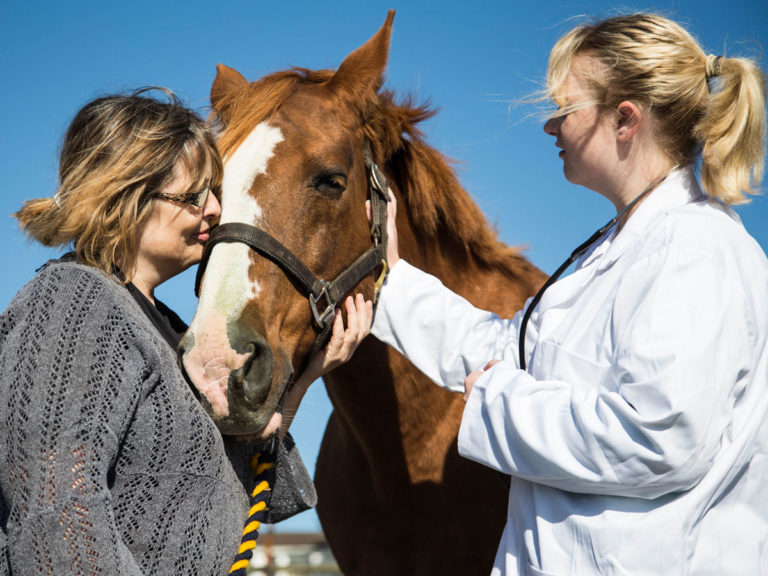
The following data were primarily provided by the University of Kentucky Veterinary Diagnostic Laboratory and Equine Diagnostic Solutions, Inc, both located in Lexington, Kentucky, USA; International Thoroughbred Breeders Federation; International Collating Centre in Newmarket, United Kingdom; Equine Disease Communication Center of the American Association of Equine Practitioners; and other sources. This report is retrospective and does not claim to be complete. However, it provides an indication of heightened activity of contagious or environment-linked diseases among equids. The study did not include reports of equine infectious diseases from Central or South America, most of Africa (with the exception of the Republic of South Africa) and from most of Asia (with exceptions of Japan and Kazakhstan).
International Equine Infectious Disease Outbreaks
Strangles
Strangles was reported from several regions across North America and Europe, including the British Isles. For this reporting period, the Lexington-based diagnostic laboratories (UKVDL and EDS) reported more than 200 positive nasal swabs from the Atlantic coast, Midwest and Mountain West regions of the USA. EDCC reported increased frequencies of strangles from Florida and Michigan.
Equine Influenza
Few outbreaks of equine influenza virus were reported from regions of North America and various parts of Europe, primarily continental Europe and Scandinavia. Noteworthy for this quarter was an outbreak of EI among United States Bureau of Land Management horses (typically captive mustangs) in Canon City, Colorado. Between April 23 and May 10, more than 100 adult horses and nearly 20 foals died due to severe pneumonia associated with EI. This was often associated with S. equi subsp zooepidemicus co-infection.
Equine Herpes Virus
Equine herpes virus associated respiratory disease, caused by either EHV-4 or 1, was infrequently reported in the USA. It was more frequent from operations in the UK, Ireland and continental Europe.
Despite pregnant mares in the Northern Hemisphere being in their vulnerable period for EHV abortion, there were few (mostly single) cases of abortions from the Midwest region of the USA, British Isles, continental Europe and Japan. Incidentally, single EHV-4-associated abortions were also reported. Reports of equid herpesvirus-associated myeloencephalopathy continued throughout North America. The majority of reported outbreaks were in states from the U.S. Pacific coast, and fewer outbreaks from the Midwest and Atlantic coast states. One outbreak was located on a racetrack in New York state, USA. There were six outbreaks of EHM across the British Isles and Central Europe and one outbreak south of the Alps in Italy. There was a single case of EHM in South Africa.
Equine Infectious Anemia
There were a little more than 30 equine infectious anemia virus positive animals (with rarely two or more animals testing positive on a farm) in North America. There was one case from Italy.
Eastern Equine Encephalitis
There were four cases of Eastern equine encephalitis from different premises in Florida, USA. Encephalitis caused by flaviviruses were reported from Australia, South Africa (one case) and Tennessee, USA (one case). South Africa also reported several outbreaks of equine encephalosis during the second quarter. African horse sickness virus is also endemic in this area. Both diseases have a seasonal occurrence coinciding with vector (Culicoides spp.) activity. Hence, there were AHS outbreaks (with exception from the controlled Western Cape province) during this quarter.
Miscellaneous Equine Infectious Diseases
Contagious equine metritis: Fourteen premises, involving mostly single cases, tested positive for Taylorella equigenitalis in Germany and France.
Rotavirus: Following the discovery of group B rotavirus during the 2021 foaling season, the Lexington, KY, USA area braced itself for recurring disease in the 2022 foaling season. As a result, EDS received more than 300 foal fecal samples (>95% from Kentucky) for equine rotavirus group A and B testing. About 100 samples tested positive (70 samples from Kentucky). There was a noteworthy dichotomy for detection of both viruses through the reporting period. Out of 49 samples in April, 44 were positive for rotavirus group B and only five for rotavirus group A. The group incidence of June reversed. There were 38 samples positive for group A and no samples positive for group B.








